4 Landscape Trends in California Shaped by Climate Change
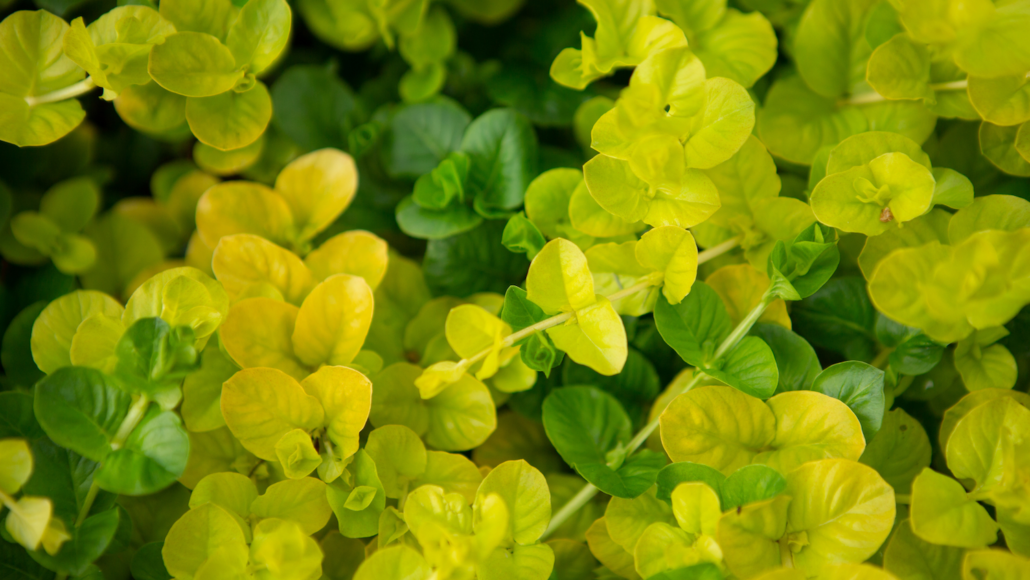
Creeping Jenny is a plant that can survive a soggy environment
Extreme weather is shaping landscape trends everywhere, but we’re focused on the San Francisco Bay Area. These trends range from the type of plants we install, the way we maintain landscapes, how we irrigate them, and the increased precautions we need to take to protect our properties from catastrophic damage.
I want to underscore one point. Although the effects of climate change are serious, the overarching message here is how you can experience the joy of a beautiful garden with colorful plants. (See our illustrations below.)
This month we highlight 4 landscape trends shaped by climate change.
1. Trends in Plant Selection and Care
Our heat waves are longer, and our rainy seasons fluctuate between extreme drought and atmospheric rivers. Because the San Francisco Bay area climate, including the coast, is warming, plant hardiness zones are shifting. In fact, about half the country has moved into a different zone. Plant survival will depend on the plant, its level of care, and, of course, location.
Plants must be more resilient
The trend is for plants that have these 3 attributes: Resistance to fire, drought, and extreme heat. Read below to learn which plants will survive flooding.
We found several plants that checked all the boxes. The images below — a combination of perennials, succulents, and natives are all fire-resistant, drought-tolerant, and heat-tolerant.
Many are pollinators. See our post on gardening for pollinators.
Plants and heat waves
If temperatures rise above 90 degrees, even heat-tolerant plants will show signs of stress. Their ability to recover depends on the treatment and the length of the heat wave.
Plants that adapt to flooding
Did you know that some plants can tolerate soggy conditions? These include Bald Cypress, Red maple, buttonbush, swamp milkweed, creeping Jenny, Wild Ginger, and Iris varieties. See the header photo of Creeping Jenny.
Fire-resistant plants have these attributes
- Deep roots.
- High moisture content (usually shown with thick leaves)
- Thin, watery sap. (low sap/resin)
- Loose and open branching.
- Low growing.
For more details, see our post on Wildfire Preparedness.
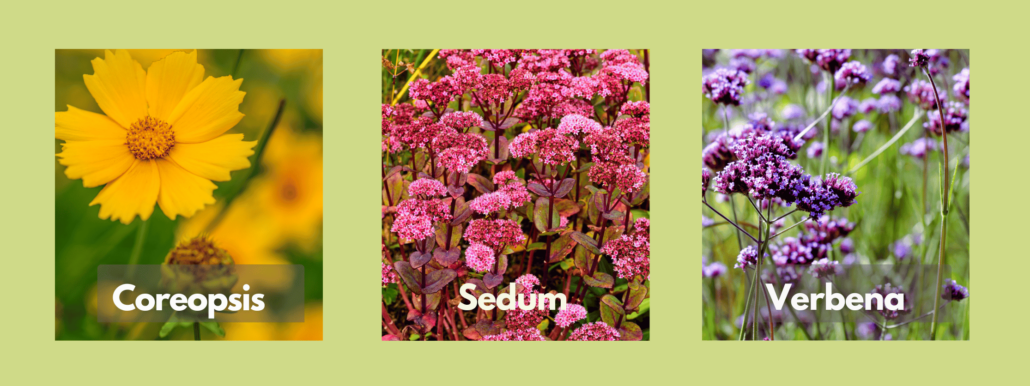
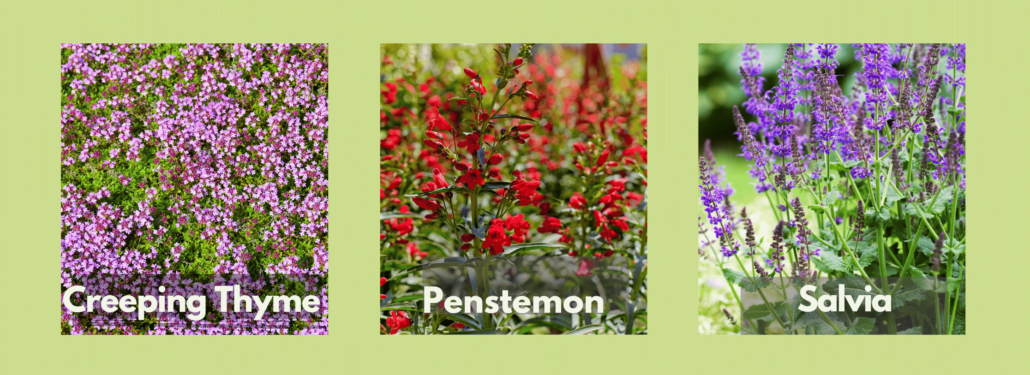
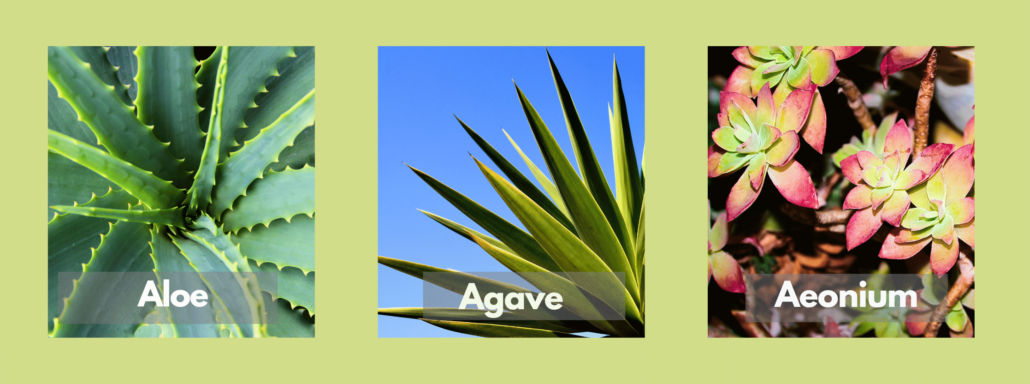
Resilient Trees — for a changing climate
Trees need special consideration to withstand the higher incidences of atmospheric rivers and tornado-like winds. If you’re considering planting a new tree, heed the advice of experts who know which ones are best equipped to withstand high winds, droughts, and extreme heat. The quote below from UC Davis talks about the work they’re doing to adapt their public garden trees to a warming climate. “The team is working on ways to conserve the valuable heritage trees. But they’re also seeking to replace others on the campus that are bound to fail, with ‘climate-ready’ ones.”
Trees with these characteristics are most likely to ride out extreme weather.
- Trees that are lower (to the ground) and broader.
- Broad, shallow root systems.
- Rounded or domed canopies.
- Heavy trunks.
- Strong branch connections.
See the illustration below.
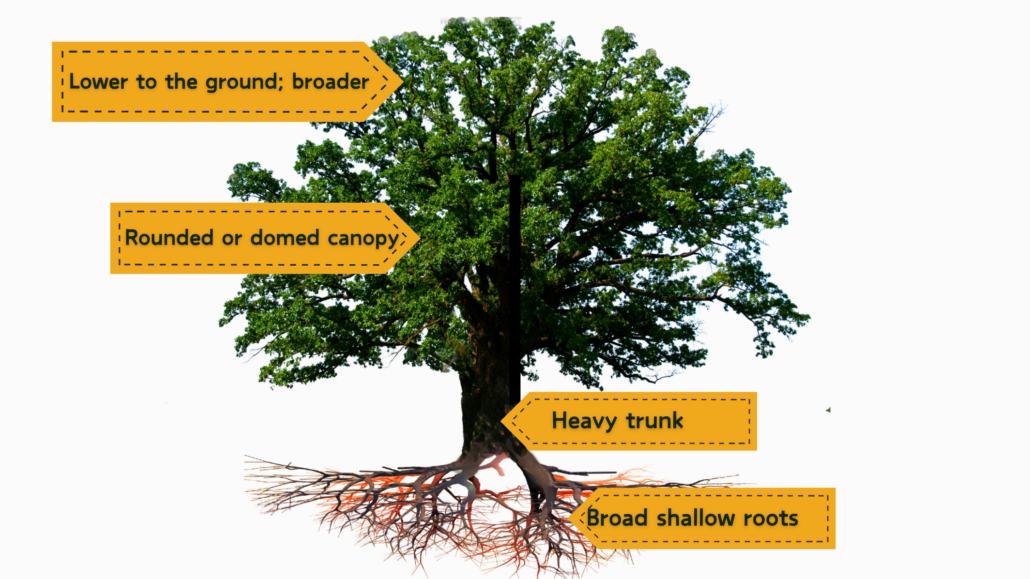
2. Drainage trends
An increased prevalence of flooding can overload a drainage system. This should be a high priority for homeowners and commercial property managers because a drainage system without the capacity for higher volumes of water will fail. Below is a list of trends and how they are used. A previous post has more detail and photos.
Permeable Paving
It is a porous paving material that allows water to drain into the ground. It reduces runoff, recharges groundwater, and is less expensive. The types of material used are permeable concrete, porous asphalt, and permeable interlocking concrete paving. It is an environmentally friendly option. See the image below for examples.
Vegetation Buffers
A strategically planted area of shrubs, high grasses, and perennials is an environmentally friendly way of capturing and filtering runoff.
Grading and Drainage Paths
Grading and drainage paths around a building will direct water away from the foundation. Gravel or rocks are the best materials to use as they aren’t flammable and are attractive.
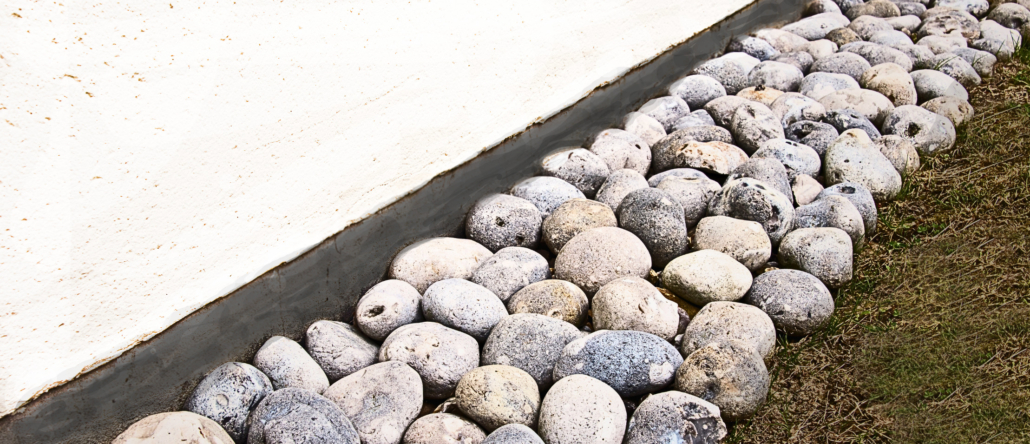
A Note About Materials and Maintenance
The right materials can help minimize maintenance headaches. Durable materials such as stainless steel, iron, or brass for your drainage grates look good in the landscape. They are critical for keeping debris out and need to be regularly monitored to ensure they aren’t clogged. Geotextiles can be installed around drainage pipes and help with sediment filtration and enhance your system’s performance.
Regular maintenance, such as inspection and cleaning, will help keep it reliably working.
3. Hardscape
Overall, hardscape is trending toward more natural, permeable products and the use of non-combustible materials.
Cool paving technology
There is increasing pressure for new materials to counter the “heat island” effect in urban and suburban areas. Designed to reflect heat, thus lowering surface temperatures. Coating materials such as asphalt or concrete enhance the paver’s heat-reflective properties.
Gravel and grass pavers
It’s a system of interlocking pavers with gaps filled with gravel and/or plant material. They are a type of permeable paver described in section two; this type of paver is cooler and minimizes runoff. Examples below are grass/gravel and permeable pavers.
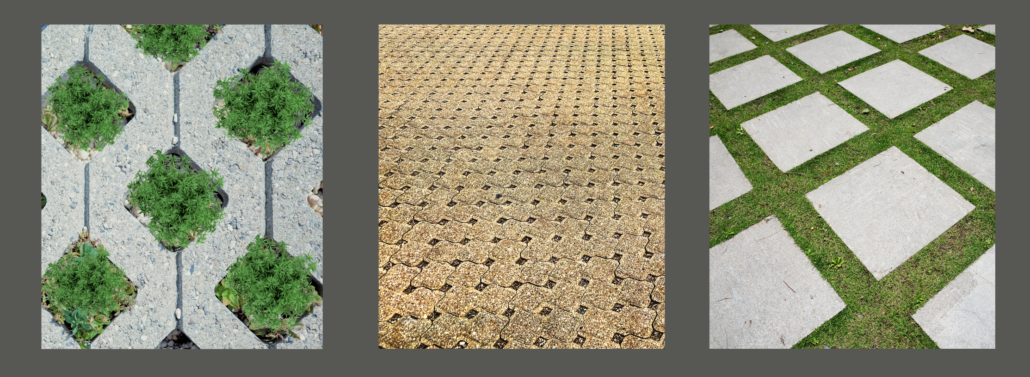
Non-combustible materials
Rocks, gravel, brick, and the above-mentioned ones are increasingly used. When used for pathways, these can help to slow the spread of a wildfire.
4. New State Regulations
These are driving the landscape trends in our post. In response to the ongoing threat of extreme drought and fossil fuels’ effect on climate change.
Ban on gas-powered equipment
This should be clarified. As of January this year, the State of California has outlawed the sale of gas-powered mowing and blowing equipment, not its use. However, most San Francisco Bay area cities and towns have banned the use of gas-powered blowing equipment for now. We are keeping watch for any new or proposed regulations.
Watering of decorative turf
This bill passed by the State of California outlaws using potable water to irrigate decorative (the State’s term is non-functional) turf on commercial, industrial, or government sites and HOA common areas.
The exception to this rule*
- Residential properties.
- Apartment properties.
- Individual resident properties within HOAs.
- Turf that is used for community events or recreation in HOAs.
- Schools, sports fields, cemeteries, and parks.
- If a tree is located in a decorative turf area.
*Recycled water is exempted from this policy.
Closing thoughts
Local and state fire departments continuously update their guidelines and offer incentives for property owners to upgrade their landscapes and structures to mitigate damage from wildfires. Start planning to ensure your property follows their essential guidelines.
Defensible space: Zone 0 (extends 5 feet from buildings/structures/decks) has been emphasized more recently. Studies have shown it’s the most critical area because it is the closest to the building.
Fire resistant plants: their characteristics are: non-oily, deciduous, or have higher water content. See the section above and check your local fire department for more recommendations and to get an inspection.
Regular maintenance: more than ever, make sure to clear away dead and dry plant material. Healthy plants will not ignite so readily because of their moisture content.
We will have more information as the season progresses.

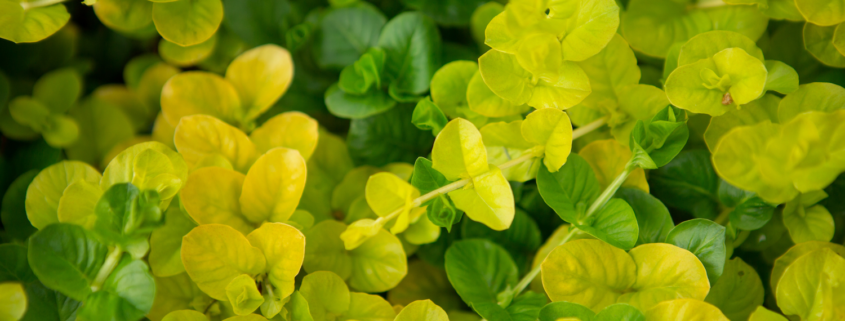

Nice post!